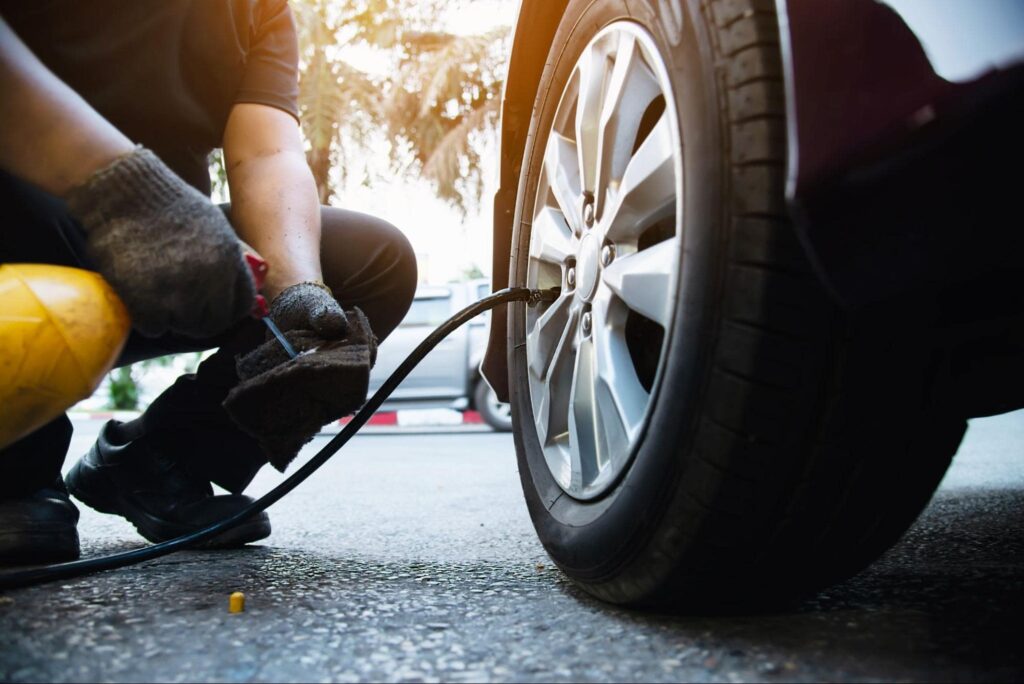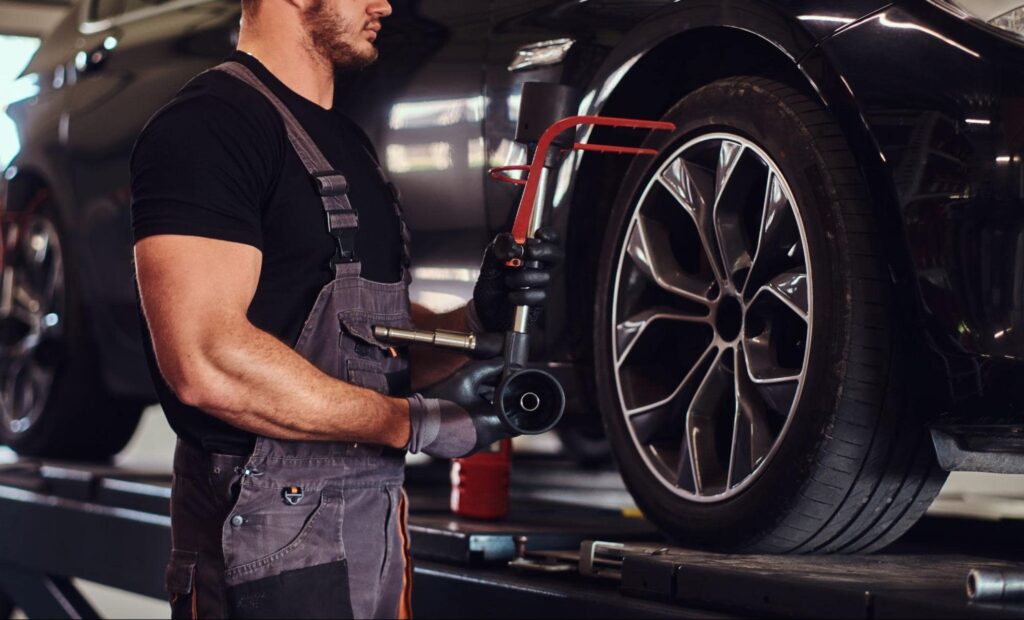
Most drivers don’t give much thought to wheel alignment—until their car starts to pull to one side, the steering wheel vibrates, or the tires wear out unevenly. But poor wheel alignment doesn’t just affect how your vehicle handles. It can quietly drain your wallet every time you stop at the pump.
Fuel efficiency impact is something every driver wants to maximize, especially with fuel prices bouncing around like a yo-yo. If your car’s wheels are out of alignment, your vehicle could be wasting more fuel than you realize—and that adds up over time.
So, what exactly is wheel alignment, how does it go out of whack, and why does it have such a big effect on your car’s fuel economy? Let’s break it down in plain English.
At its core, wheel alignment is about setting your wheels at precise angles so they point in the exact directions they’re supposed to. Automakers engineer your vehicle’s suspension and wheels to work together perfectly—when everything lines up, your car tracks straight, handles predictably, and the tires make even contact with the road.
Alignment adjustments come down to three main angles: toe, camber, and caster.
When any of these angles drift out of factory spec, your tires start scrubbing or dragging instead of rolling freely. That’s where the fuel efficiency impact comes in.
Think of your tires like shoes. If you drag your feet while walking, you wear down your shoes faster and you’re expending more energy than you should. The same goes for your car—misaligned wheels force your engine to work harder just to keep your vehicle moving forward.
Here’s why:
According to some industry estimates, misaligned wheels can reduce your fuel efficiency by up to 10%. It might not sound like much at first glance, but consider this: if you’re spending $250 a month on fuel, poor alignment could be quietly burning through $25 of that—every month. That’s money you could put toward more important things.
Even if your car was perfectly aligned when it left the factory, it won’t stay that way forever. Potholes, rough roads, curbs, and everyday driving all take their toll.
Hitting a big pothole at speed is a classic wheel alignment killer. So is bumping a curb while parking. Over time, even normal wear on your suspension components can gradually push your wheels out of alignment.
If you regularly drive on poorly maintained roads or in areas with harsh winters, your wheels are even more likely to go out of spec faster.
So how do you know if you’re losing money at the pump because of bad alignment? Some signs are obvious; others sneak up on you. Here’s what to watch for:
There’s no hard-and-fast rule for when to get a wheel alignment, but most experts recommend having it checked at least once a year or every 10,000 to 12,000 miles—whichever comes first.
You should also check it anytime you:
Keeping your wheels aligned not only boosts your fuel efficiency—it protects your tires, saves you money on premature replacements, and keeps your ride smooth and safe.
If you’ve ever replaced a full set of tires, you know they aren’t cheap. So why let poor alignment chew through them before their time?
When your wheels are dialed in just right, your tires wear evenly, giving you maximum life out of every tread block. You’re not just saving fuel—you’re protecting your investment in high-quality rubber.
Speaking of which, if you’re shopping for new tires, make sure to order from a trusted shop that offers expert installation and alignment services in one place. After all, why put brand-new tires on wheels that aren’t pointing straight?
In today’s world, smart drivers look for every way to squeeze extra miles from their tanks. Simple routine maintenance, like keeping your wheels aligned, is one of the easiest ways to protect your wallet at the pump.
When you combine proper wheel alignment with good driving habits—gentle acceleration, proper tire inflation, and regular tire rotations—you can significantly reduce the fuel your car needs to keep you moving.

If you’re ready to get the best out of your tires and protect your fuel economy, we’ve got you covered.
Order your next set of tires online through Tire Connect and choose from top-tier brands that match your exact driving style and vehicle needs. Book an installation appointment at your convenience—our certified technicians will not only mount your tires but also make sure your wheels are perfectly aligned for a smoother ride and better fuel efficiency.
Plus, with flexible financing through Affirm, you can get your new tires and alignment today and pay over time—no surprises, no hidden fees.
Don’t let misaligned wheels quietly drain your wallet. Give your car, your tires, and your fuel tank the care they deserve. Shop online, book your appointment, and drive away knowing you’re getting every mile you paid for.
Explore our wide selection, order your custom tires today, and let our experts handle the rest. Your car—and your wallet—will thank you.
Most drivers know that wheel alignment helps with tire life and fuel efficiency, but what…
Most drivers don’t pay much attention to their tires beyond the occasional glance before hitting…
When it comes to car care, most drivers tend to focus on oil changes, brake…
If you’ve ever felt your car pulling slightly to one side or noticed uneven tire…
For many drivers, tire replacement and wheel alignment are two of those car maintenance tasks…
How Poor Wheel Alignment Can Affect Your Car’s Fuel Efficiency Most drivers don’t give much…
©2025 The Tire Center. All rights reserved.
Powered by autoleap